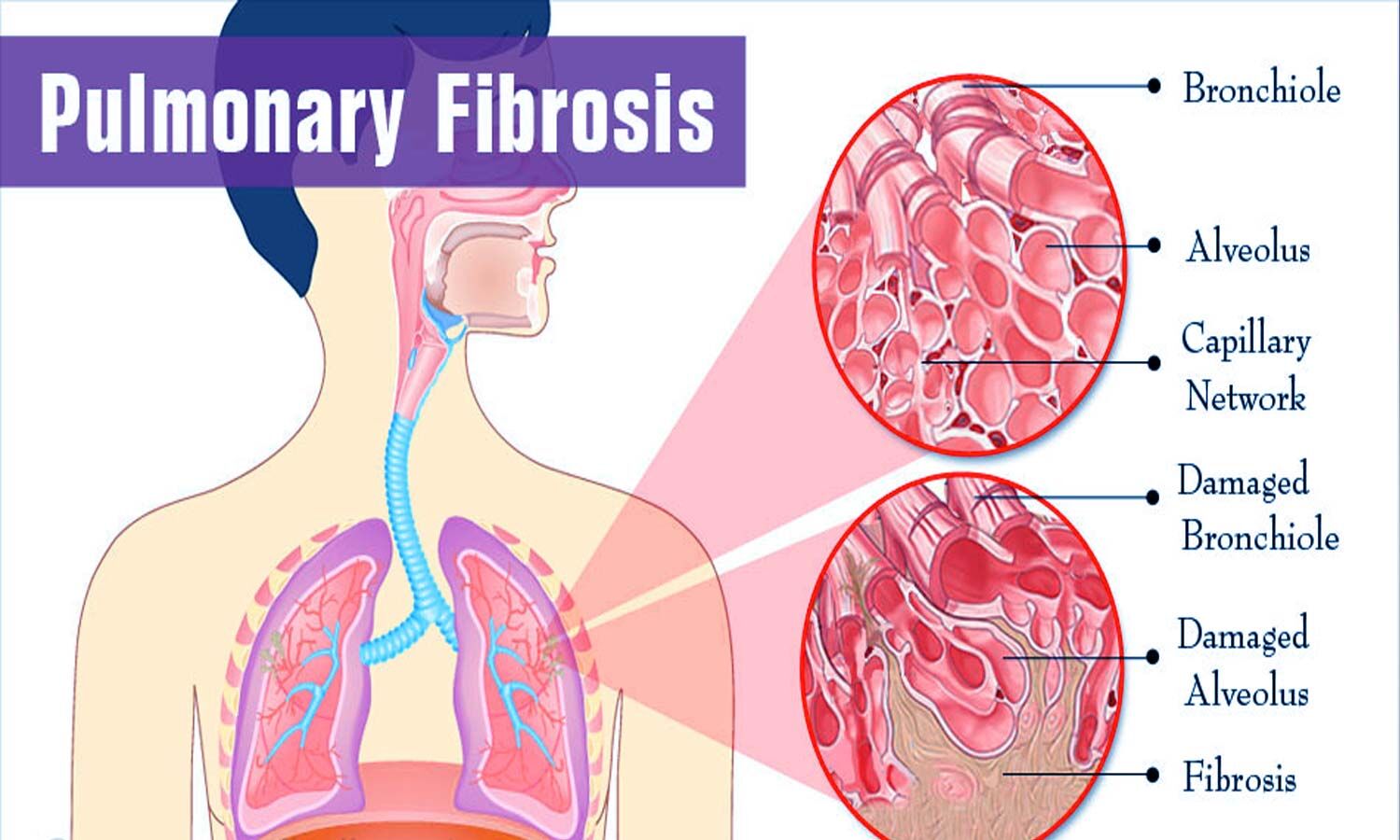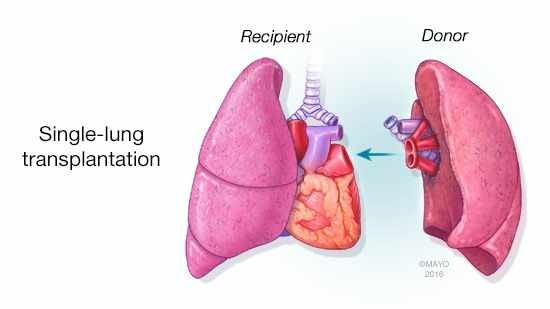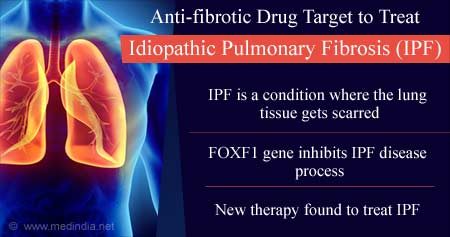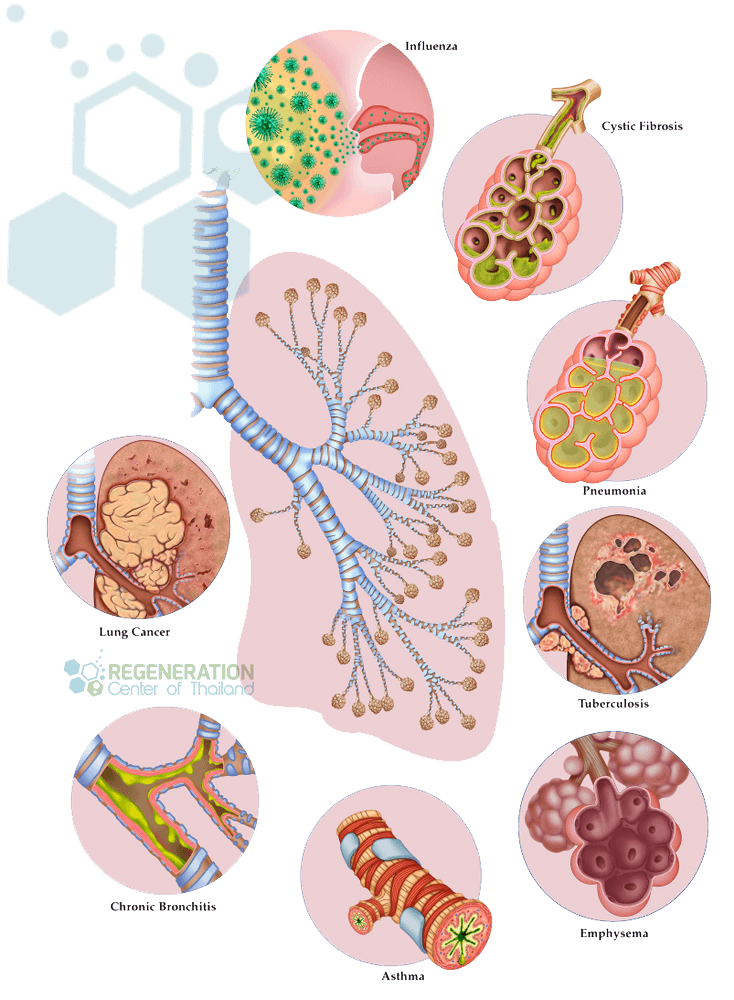The Quest for a Miracle Cure: Hope on the Horizon for Pulmonary Fibrosis
Pulmonary fibrosis is a devastating lung disease that affects thousands of people worldwide. It’s characterized by the scarring of lung tissue, which makes it increasingly difficult for individuals to breathe. While there may not be a definitive “miracle cure” for pulmonary fibrosis, there is reason to believe that hope is on the horizon. In this article, we will explore the latest developments in the search for a cure and how they offer renewed optimism to those affected by this condition.
Understanding Pulmonary Fibrosis

Before delving into the quest for a cure, it’s crucial to understand what pulmonary fibrosis is and how it affects the body.
What is Pulmonary Fibrosis?
Pulmonary fibrosis is a chronic and progressive lung disease characterized by the scarring or fibrosis of lung tissue. This scarring makes the lung tissue stiff and less able to expand and contract, ultimately impairing its ability to function effectively. As a result, individuals with pulmonary fibrosis experience a range of symptoms, including:

- Shortness of Breath: One of the most common and distressing symptoms is progressive shortness of breath, which worsens over time.
- Persistent Dry Cough: Individuals may develop a chronic, dry cough that is often unresponsive to cough suppressants.
- Fatigue: Due to the increased effort required for breathing, fatigue is a frequent complaint among pulmonary fibrosis patients.
- Cyanosis: In advanced stages, decreased oxygen exchange can lead to a bluish discoloration of the lips and fingertips.
- Unexplained Weight Loss: Some patients experience weight loss due to the increased energy expenditure associated with breathing difficulties.
read more about Understanding Long COVID: Persistent Symptoms and Management
Causes and Risk Factors
While the exact cause of pulmonary fibrosis is often unknown (known as idiopathic pulmonary fibrosis or IPF), it can result from various factors, including exposure to environmental toxins, certain medications, and genetic predisposition
Treatment Options for Pulmonary Fibrosis
While there is no definitive cure for pulmonary fibrosis, several treatment options are available to manage the condition and improve the quality of life for affected individuals:
1. Medications:
- Corticosteroids: These anti-inflammatory drugs may be prescribed to reduce lung inflammation and scarring.
- Immunosuppressants: Drugs that suppress the immune system can help slow the progression of the disease, particularly in cases where autoimmune processes are involved.
2. Oxygen Therapy:

- For individuals with low oxygen levels in their blood, supplemental oxygen therapy can help improve oxygenation and alleviate symptoms like shortness of breath.
3. Pulmonary Rehabilitation:

- Pulmonary rehabilitation programs include exercise training, education, and breathing techniques to help patients manage their symptoms and improve their overall physical condition.
4. Lung Transplantation:

- In severe cases where other treatments are ineffective, a lung transplant may be considered to replace the damaged lung tissue with a healthy donor lung.
5. Targeted Therapies:

- Researchers are developing targeted therapies that aim to address specific molecular and genetic factors contributing to pulmonary fibrosis. These therapies are designed to slow down or halt the progression of the disease.
6. Stem Cell Therapy:

- Stem cell therapy is currently being explored in clinical trials as a potential regenerative treatment for pulmonary fibrosis. It involves the use of stem cells to repair damaged lung tissue.
The Importance of Support and Awareness
While scientific breakthroughs are essential, the support and awareness of pulmonary fibrosis are equally critical. Families affected by this disease, along with advocacy groups and medical professionals, play a vital role in driving research and improving the quality of life for patients.
Support Resources for Pulmonary Fibrosis
Living with pulmonary fibrosis can be challenging, both for patients and their caregivers. Support and resources are essential for coping with the condition:

1. Patient Support Groups:
- Joining pulmonary fibrosis support groups can provide emotional support, practical advice, and a sense of community for patients and their families.
2. Healthcare Professionals:
- Consult with pulmonologists and respiratory therapists who specialize in the treatment and management of pulmonary fibrosis.
3. Education and Awareness:
- Stay informed about the latest developments in pulmonary fibrosis research and treatment options to make informed decisions about your care.
4. Financial Assistance:
- Explore financial assistance programs and resources that may help cover the costs associated with treatment and medical care.
5. Advocacy Organizations:
- Connect with advocacy organizations dedicated to raising awareness, funding research, and advocating for better care and support for pulmonary fibrosis patients.
6. Caregiver Support:
- Caregivers also need support. Look for resources and caregiver support groups to help you navigate the challenges of caring for a loved one with pulmonary fibrosis.
Remember that managing pulmonary fibrosis is a lifelong journey, and it’s essential to work closely with healthcare professionals to develop a personalized treatment plan that suits your specific needs and circumstances. Additionally, staying connected with support networks and staying informed can make a significant difference in the quality of life for those affected by pulmonary fibrosis.
Conclusion
While the term “miracle cure” may still be a distant hope, there are promising developments in the field of pulmonary fibrosis research. Stem cell therapy, targeted therapies, and early diagnosis methods are offering newfound optimism to those living with this challenging condition. With continued support, awareness, and research, the quest for a cure for pulmonary fibrosis is far from over.
FAQs
1. Can pulmonary fibrosis be cured?
While there is no definitive cure for pulmonary fibrosis, there are treatment options that can help manage the condition and improve the quality of life for patients.
2. What are the early signs of pulmonary fibrosis?
Early signs of pulmonary fibrosis may include shortness of breath, a persistent dry cough, fatigue, and unexplained weight loss. However, it is essential to consult a healthcare professional for a proper diagnosis.
3. Is stem cell therapy a proven treatment for pulmonary fibrosis?
Stem cell therapy for pulmonary fibrosis is still being researched in clinical trials. While it shows promise, more studies are needed to determine its safety and efficacy.
4. How can I support pulmonary fibrosis research?
You can support pulmonary fibrosis research by donating to reputable organizations dedicated to finding a cure, participating in fundraising events, and raising awareness about the disease.









 Viesearch - The Human-curated Search Engine
Viesearch - The Human-curated Search Engine

2 Comments